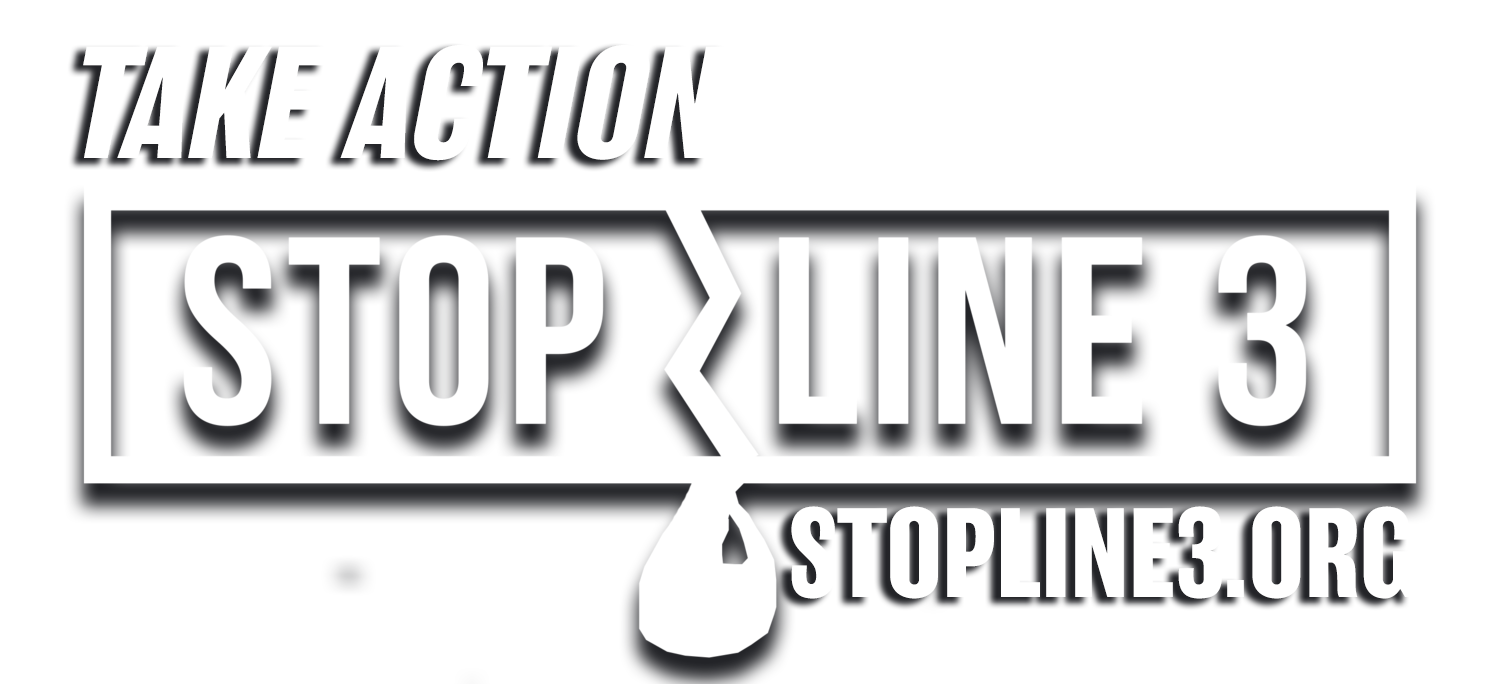HOW A SHODDY ENVIRONMENTAL REVIEW COULD CAUSE A CATASTROPHIC OIL SPILL IN WISCONSIN
Wisconsin’s inadequate environmental analysis of Enbridge’s rushed and haphazard Line 5 pipeline reroute does grave injustice to frontline Tribal communities.
By Bala Sivaraman | January 31, 2022
“The White River and Bad River power the fisheries of Lake Superior and inside the watershed itself,” says Bad River Band Chairman Mike Wiggins, Jr. “If you’re trying to protect Lake Superior for the future, you have to start right in Bad River.”
How does Line 5 threaten people, waters, and fisheries in Wisconsin?
While national attention on Line 5 has focused on the legal battle in Michigan, another segment of the pipeline is posing an increasingly grave threat farther north in Wisconsin.
Along the northern Wisconsin border lies Odanah, home to the Bad River (Mashkiiziibii) Band of Lake Superior Chippewa, a Tribal Nation that has lived along the banks of Lake Superior for thousands of years. The Tribe’s Reservation sits within the Bad River watershed, a critical Lake Superior tributary that spans over 1,000 miles of interconnected rivers including the White River (Waabishkaa-ziibi) and the Bad River (Mashkiigon-ziibi). The watershed is the cultural epicenter of the Bad River Band, and keeping it healthy has major environmental and economic significance.
“The White River and Bad River power the fisheries of Lake Superior and inside the watershed itself,” says Bad River Band Chairman Mike Wiggins, Jr. “If you’re trying to protect Lake Superior for the future, you have to start right in Bad River.”
Enbridge received easements from the Bureau of Indian Affairs to construct the 12-mile segment of Line 5 through the Bad River Reservation in 1953.
“At the time, government consultation with tribes about how they might be impacted by such a project was non-existent”, says Edith Leoso, the Bad River Tribal Historic Preservation Officer. "The Tribe was told ‘this pipeline would be going in’”.
Line 5 runs only a few miles from Lake Superior, and is increasingly likely to rupture in the Lake due to its age and a heightened frequency of severe storms brought on by climate change. The Band had been trying to access information from Enbridge in order to evaluate the pipeline’s risks to treaty resources, safety, and the environment since several of its easements expired in 2013. In 2017, following a 500 – year flood in the watershed in 2016, the Bad River Tribal Council denied the easements, requiring Enbridge to remove the 12-mile segment of the pipeline from the Reservation and watershed because of the health and safety risks it presented. But in the five years since, the segment has remained and oil continues to flow.
Instead of removing the pipeline, Enbridge drafted two relocation plans: one within the Reservation boundaries and a second that situated the pipeline around the Reservation but still within the surrounding Bad River watershed. This second re-route does little to prevent the impacts of construction or an oil spill, and poses an even greater threat given the geography of the watershed: the surface water shares an intimate hydrological connection with the groundwater along the pipeline’s relocation, so construction or any leak will quickly contaminate tribal drinking water. The Tribe’s Reservation is located downstream, so discharges from construction, fill changes to water quality, or a spill anywhere upstream will make its way through the watershed and empty into the Reservation.
“I can’t overstress how devastating a spill in the watershed would be,” says Naomi Tillison, Director of the Bad River Mashkiiziibii Natural Resources Department. “The Bad River hatchery is the largest producer of walleye fingerlings in Lake Superior. If the waters that our hatcheries and wild rice beds rely on were contaminated with oil, not only would our supply of food, water and medicines be depleted, our coastal wetlands would be devastated and all of the businesses and people in the region who depend on our fisheries would suffer.”

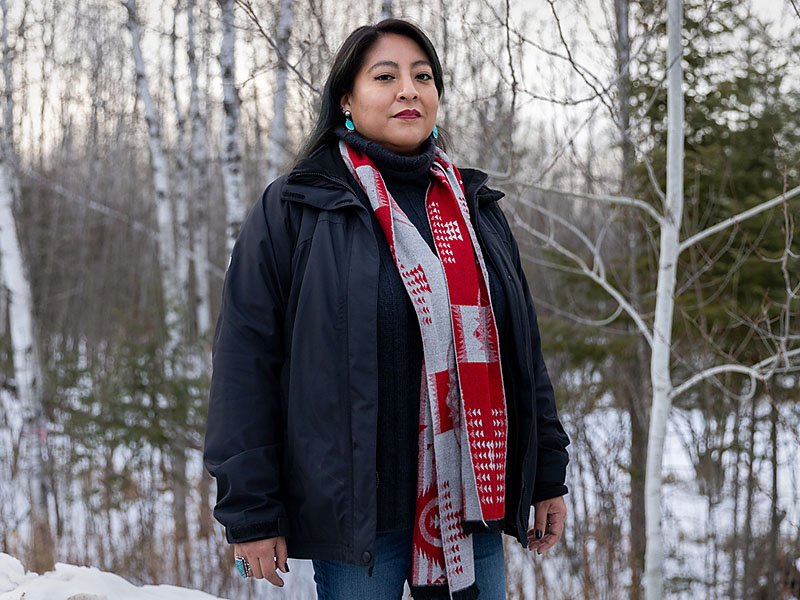
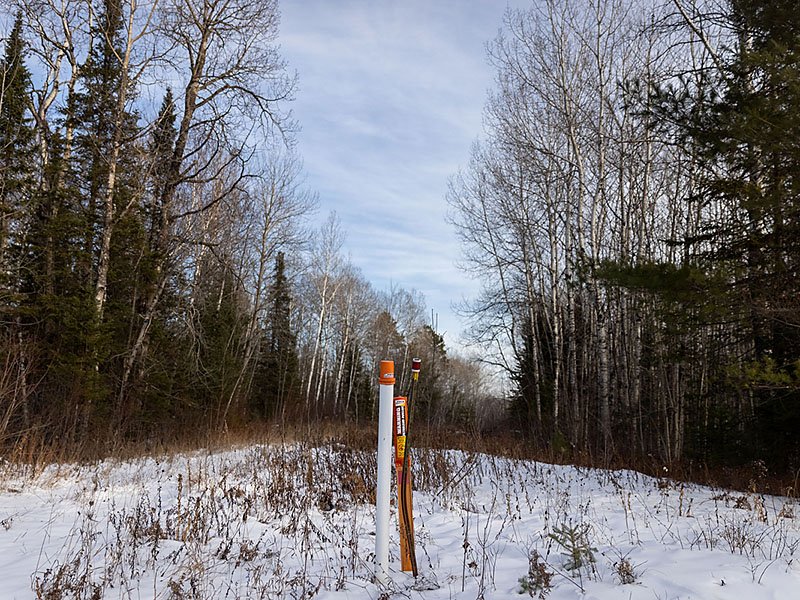

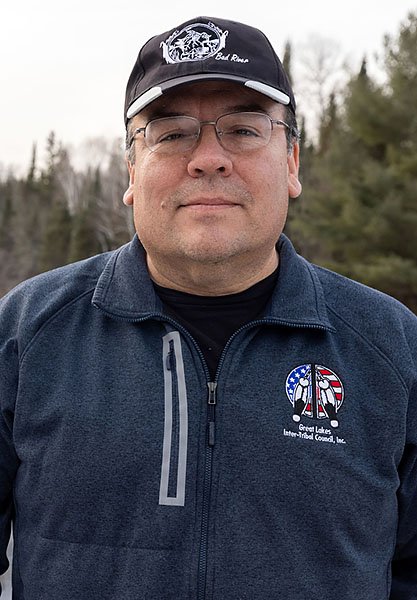
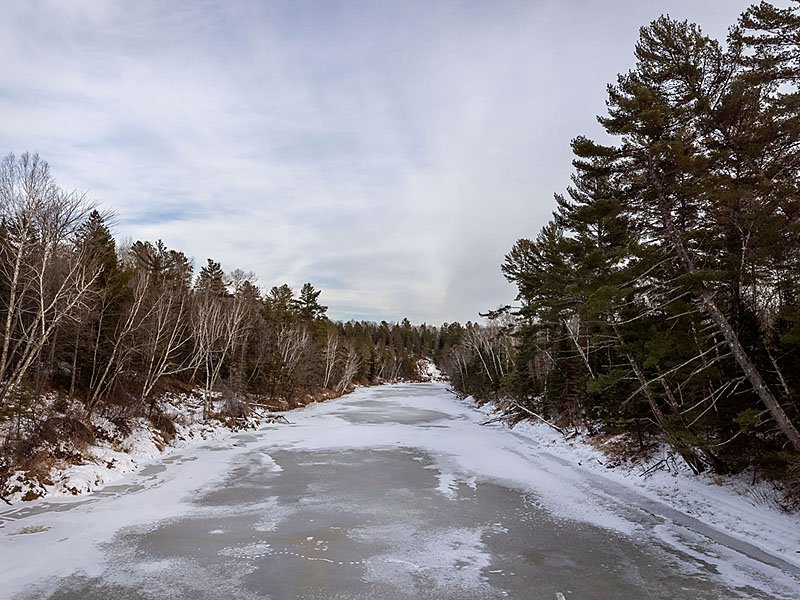
What’s wrong with Wisconsin’s environmental analysis?
In December 2021, the Wisconsin Department of Natural Resources released a Draft Environmental Impact Statement (EIS) of Enbridge’s proposed pipeline relocation route, which did not consider how the new route would impact Tribal rights.
“The state’s environmental review was egregiously inadequate at outlining the threats that the re-route poses to the Bad River Band,” says Earthjustice attorney Stefanie Tsosie, who is working with the Bad River Band to challenge the environmental review. “The state has failed to analyze any of the environmental impacts the new pipeline will have on watersheds.”
The state’s review failed to:
Analyze the impacts the project will have on Bad River’s treaty rights and cultural resources;
Accurately analyze impacts to rare species;
Discuss cumulative impacts that construction and operation would have to the area;
Analyze water quality impacts that construction and operation of the pipeline would have, including if proposal will meet Bad River Band's downstream water quality standards"
Disclose impacts from the current operation of the aging Line 5 pipeline;
Disclose or analyze the likelihood of and the impacts from an oil spill on the area’s waters, including groundwater aquifers and rivers;
Analyze and disclose how construction and operation will affect the area’s wetland ecosystems
READ MORE
Enbridge puppets “honor” Bad River; get schooled by Mike Wiggins Jr.
February 6, 2022
Barbara With
Excerpts from Wisconsin DNR hearing on February 2, 2022 regarding Enbridge Line 5 draft environmental statement:
